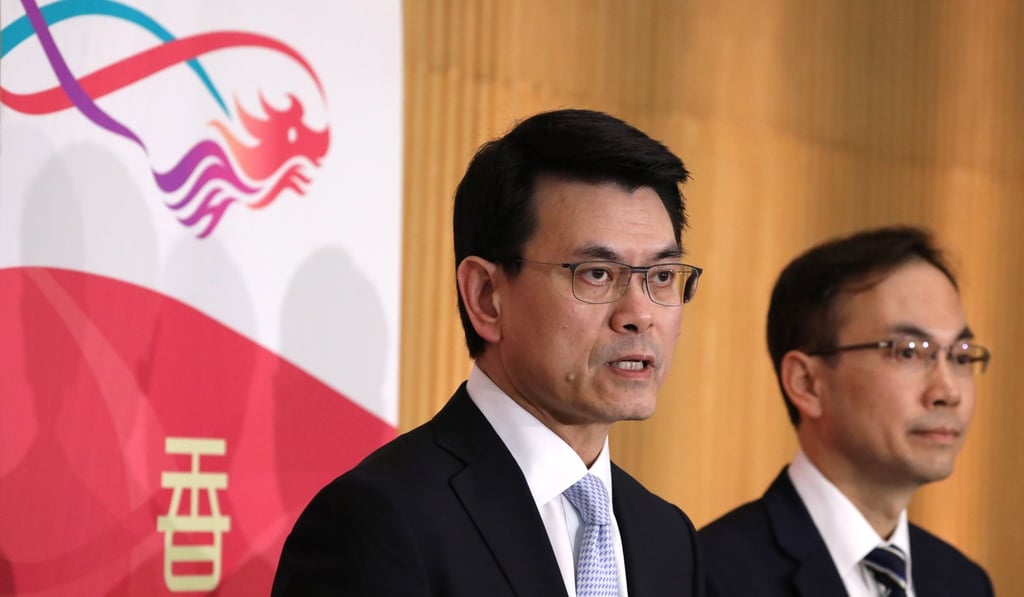Low-income households to get subsidies for digital TV sets when Hong Kong’s analogue era draws to a close next year
- About 160,000 households who still rely on analogue receivers will be eligible for government subventions to make the switch-over
- Hong Kong will end its analogue TV services in December 2020, eight years later than originally planned

Hong Kong will finally pull the plug on analogue television services by the end of next year, eight years after the original target date as it catches up with the global trend of going fully digital.
That means some 180,000 lower-income households still dependent on their analogue TV sets will have no choice but to upgrade, while the big switch-off on December 1, 2020 is expected to free up the spectrum to meet the ever-increasing demand for high value-added mobile telecoms services.
Around 160,000 of those affected households will be eligible for government subsidies to buy digital TV sets, or a set-top box to get a digital signal if they insist on holding on to their analogue TVs.
“For most Hong Kong residents, their access to free TV services would not be disrupted,” Secretary for Commerce and Economic Development Edward Yau Tang-wah said on Monday.
“We also care about those needy and elderly families that are still using analogue TVs. They may need subsidies to buy digital TV sets. We plan to seek funding from the Community Care Fund in the middle of this year to launch a digital terrestrial television assistance scheme to subsidise eligible households to purchase a set-top box or a basic model digital TV set.”
